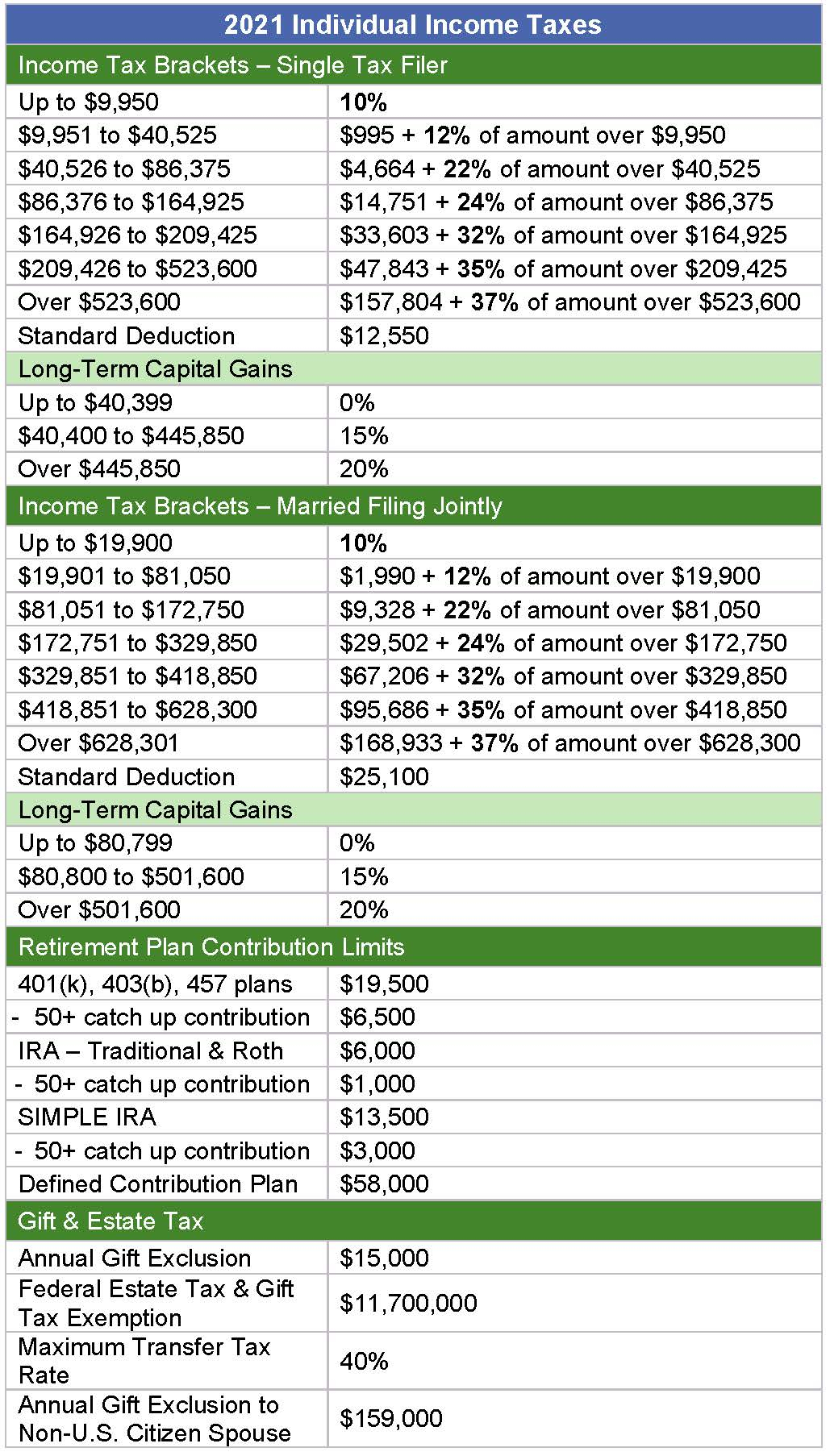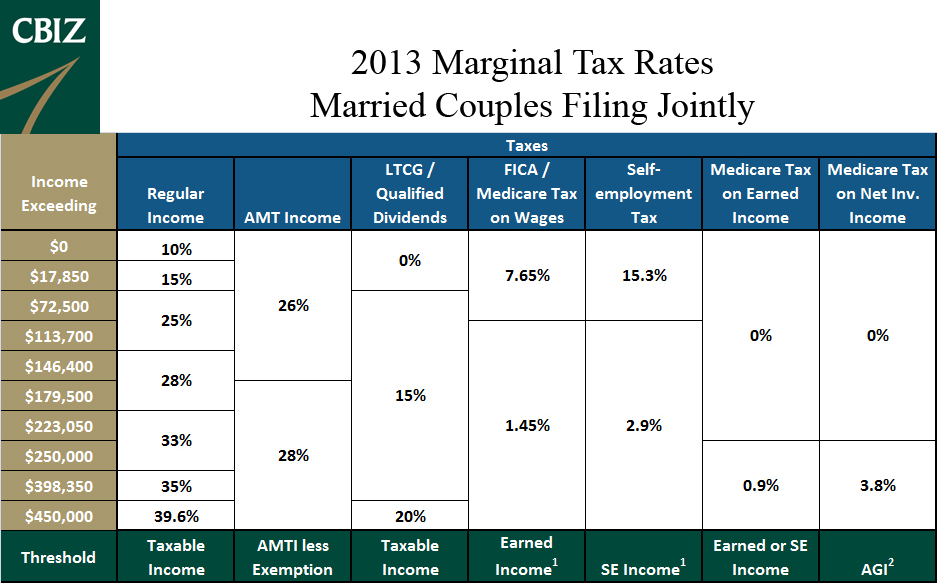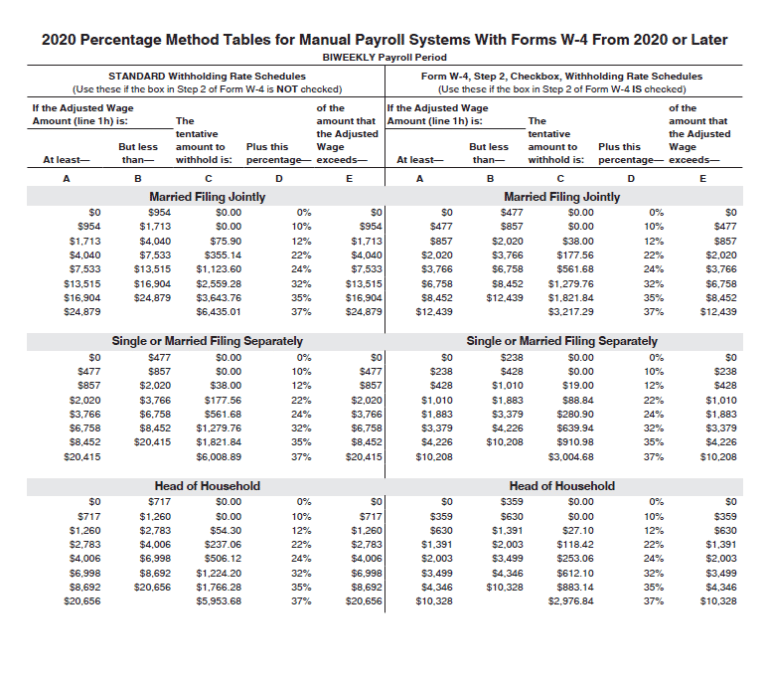
#MARRIED FILING JOINTLY TAX BRACKETS 2021 PLUS#
Plus they have the advantage of being tax-free when you use the funds to pay for qualified expenses. The money you save in those will also reduce your taxable income for the year. Take advantage of flexible spending accounts (FSAs) (including dependent-care FSAs) and health savings accounts (HSAs). But hopefully by then you’re in a lower income tax bracket. You’ll owe income taxes on the back end when you start taking withdrawals. Those dollars won’t count as taxable income in the year you make the contribution. The most effective ways to do that are to:įunnel money into tax-deferred retirement accounts like a traditional IRA, a 401(k) or 403(b). You do that by reducing your taxable income. The most important part of knowing your tax bracket is to use the knowledge to keep as many dollars in the lower brackets as possible. The only thing that changes is how much of that incremental dollar you get to keep. Every dollar you make means more money goes into your pocket, Barrett says. While tax brackets are useful tools, it’s always advisable to make as much money as possible. For cocktail party smalltalk, however, this person can say that they are “in the 22% tax bracket” based on the tax rate they pay on the next dollars they earn. The total federal income tax our single citizen pays before deductions is $8,816.66, which comes to a 15% of their income.


10% federal income tax on the first $20,550 of income (which comes to $2,055 in taxes).Note that these figures are created before deductions are taken! They will pay: Let’s start with a married couple filing a joint return with $190,000 in taxable income. Source: IRS.gov Some tax bracket examples If you are married filing jointly and your income isįor comparison, here are the 2021 tax brackets: Tax rate This effectively makes everyone’s tax rates a little bit lower, since the amount they’re being taxed on isn’t what they’re really earning, explains David Barrett, CPA, Lecturer in Accounting at the Maine Business School at the University of Maine. As you look at the brackets below, remember that the standard dedication you take is untaxed, be it $12,550 if you are a single person or $25,500 if you are married and filing jointly. Each year the IRS adjusts tax brackets and other tax provisions to account for inflation. Your tax bracket is based on your income and your filing status (single, married filing jointly, married filing separately, head of household). In tax-speak, this is called the marginal tax rate. What that really means is that they pay 22% on the portion of their income subject to the highest tax rate - just the dollars that fall within that particular bracket - not every dollar they earn. When someone says they are in the 22% tax bracket, it’s a bit of a misnomer. (Apologies to gabillionaires for the snark.) The dollars you earn above that - and up to a specific amount - are taxed at the next higher tax rate (12%), and so on it goes until you earn so much that you somehow don’t have to pay taxes at all. The first chunk of income you earn is taxed at the lowest tax rate (10%). simply means not all of your income is taxed at the same rate. The “progressive tax system” we have in the U.S. In 2022 the 22% tax bracket shifted slightly higher to between $83,551 and $178,150.īut before we get into the details of the tax brackets, let’s back up and untangle progressive tax math.įREE TAX FILING WITH CASH APP TAXES: Click here to start filing with Cash App Taxes. For example, in 2021 the income bracket subject to the 22% tax rate for a married couple filing jointly was between $81,050 and $172,750. What typically changes is the range of income that is taxed at each of the seven rates. States have their own rules on how they tax income, if they tax income at all.


Just like in previous years, there are seven federal tax brackets for 2022: 10%, 12%, 22%, 24%, 32%, 35% and 37%. If you are one of the millions of people who haven’t filed your income taxes just yet, don’t panic! Here’s a handy guide for the 2022 tax brackets you can use when prepping your 2022 taxes that are due by April 18, 2023.


 0 kommentar(er)
0 kommentar(er)
